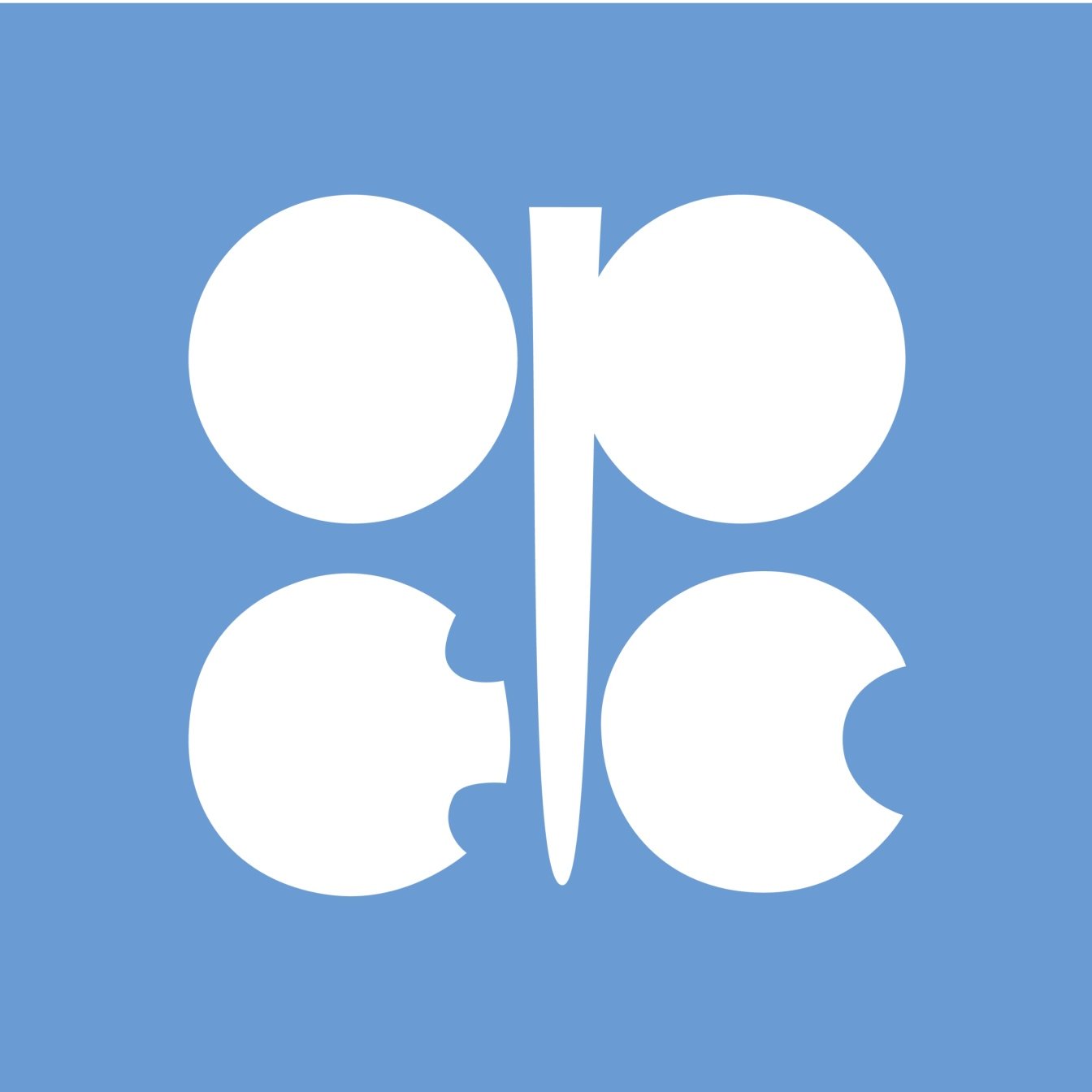Energy
OPEC Raises 2016 Oil Demand Estimate, Forecasts More Balanced Market

Published:
Last Updated:

In its Monthly Oil Market Report for December, released Monday morning, the Organization of the Petroleum Exporting Countries (OPEC) noted that the cartel’s price for its reference basket fell 17% in December and that for 2015 the value of a reference barrel fell nearly 50%. The main contributor to the decline was “persistent oversupply,” but the slowing of China’s economic growth and the increasing strength of the U.S. dollar also played a role.
On a yearly average basis, the price of both Brent and WTI crude fell double digits for a second straight year, with ICE Brent closing 2015 at an average of $53.64 a barre compared with $99.51 at the end of 2014. Nymex WTI plunged by $44.20 a barrel to settle at $48.80, down from $93 in 2014. The Brent-WTI spread narrowed significantly again in December to average $1.58 a barrel, as WTI gained some support from a momentary decline in inventories, reduced drilling, and the end of a ban on most U.S. crude exports.
Prices have fallen even further in the first half of January. WTI closed at $38.17 on December 31st and fell to $29.35 a barrel on Friday, a drop of 23%. Brent closed at $37.67 on the last day of 2015 and settled at $28.94 last Friday, also a drop of 23%. But notice that Brent now trades below WTI.
OPEC pumped 32.18 million barrels of oil a day in December according to what the cartel refers to as secondary sources, down 211,000 barrels a day month-over-month. Non-OPEC member Oman has offered to reduce production by 5% to 10% if it can persuade other producers to do the same thing. OPEC members that have been hit hardest by collapsing oil prices may want to follow along, but are unlikely to do so. Not with Iran about to begin exporting crude again after sanctions have been lifted.
The cartel notes in its report that world demand for oil in 2015 averaged 92.92 million barrels a day while supply exceeded demand by 1.94 million barrels a day. OPEC forecasts 2016 demand of 94.17 million barrels a day, an increase of about 1.3%. Non-OPEC supply is forecast at 62.53 million barrels a day, leaving the so-called ‘demand on OPEC’ at 31.65 million barrels a day.
Combined OPEC and non-OPEC supply exceeds demand by about half a million barrels a day. That’s closer to balance, but the impact on pricing could be negligible.
Take the quiz below to get matched with a financial advisor today.
Each advisor has been vetted by SmartAsset and is held to a fiduciary standard to act in your best interests.
Here’s how it works:
1. Answer SmartAsset advisor match quiz
2. Review your pre-screened matches at your leisure. Check out the
advisors’ profiles.
3. Speak with advisors at no cost to you. Have an introductory call on the phone or introduction in person and choose whom to work with in the future
Take the retirement quiz right here.
Thank you for reading! Have some feedback for us?
Contact the 24/7 Wall St. editorial team.